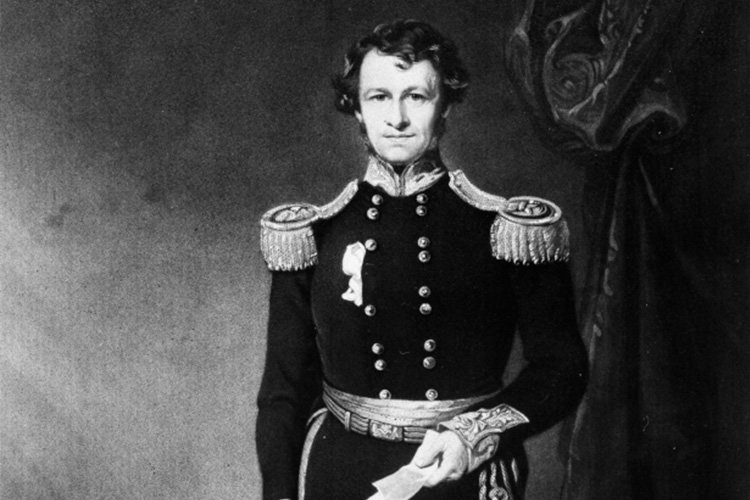
Analysis of Letters I and II
The Rambler in Mexico is novel/autobiographical journey written and told by John Charles Latrobe, also known as Charles La Trobe in the proper French terms. What is important to note is that while his name was of French descent, Latrobe was actually British, and served within the government during Queen Victoria of England. Latrobe wrote The Rambler in Mexico in 1836 following the trip he took from New Orleans to Mexico which he was accompanied by American writer Washington Irving, known for his short stories Rip van Winkle and The Legend of Sleepy Hollow. Latrobe’s trip with Irving to Mexico from New Orleans was mainly like other European elites: they wished to see the world of Latin America, and given his talent for writing, it only made sense Latrobe would release his travels. As it is probably known by now, the novel/travelogue is told from Latrobe’s perspective with examples of his long winded descriptions of the sights he sees and the discussions he has with Irving. While it does have a generally lighthearted tone, it also reveals the idea of what it would have been like for foreigners to the Latin American continent to see the idea of “Progress” the rest of the world had already gone through.
What makes Latrobe’s account untrustworthy however is the way he describes Mexico from the start of the Second Letter when he arrives off the boat in in the town of Tampico de las Tamaulipas. Latrobe describes the plight of not being able to find a shelter nor adequate food “to satisfy the appetites of [an] able-bodied [gentleman] just from sea.” before settling on “a square, ill-built, open, wood barrack, the ground floor of which served as a billiard room and gambling house to the piebald population” (Latrobe, Pg. 22). In this simple page alone, Latrobe reveals his awkwardness with the idea of living conditions separate from his own, even comparing the locals of the town to piebald horses, a breed known for their mixed black and white coats. This shows the bubble that Latrobe and many other Europeans had popped when they journeyed from their original countries to Latin America, whether it be for leisure or research. Many travelogues upon the Wikipedia page are written by Europeans like Latrobe who offer the most skewed depictions of both Latin America and its inhabitants. This can be inferred by the way Latrobe talks about the townsfolk of Tampico, further showing his white and privileged heritage compared to the commoners of Latin American countries, nations still young in their independence from countries like Latrobe’s.
But what can be attributed to Latrobe’s skewed depiction of Mexican citizens and their establishments? Well, in Latrobe’s first letter of The Rambler, he mentions the end of Spanish power in Mexico in 1825 following the Mexican War for Independence that ended in 1821, and later after his trip concluded, the state or as it was then, the province of Texas would rebel in 1835 to 1836 when it was annexed into the United States. But during this period, many of the rural parts of Mexico never saw the true vision of “Progress” depicted in works such as Born in Blood and Fire by John Charles Chasteen. Many rural and shanty town like areas that Latrobe discriminates are run and managed by indigenous or indigenous descent communities, a part of many Latin American societies were discriminated and seen as “less white.” Until Benito Juarez won the leadership and the voice of the oppressed in Mexico, many communities like Tampico were seen as shanty towns that rich travelers stopped in as a quick way to find their way to more popular spots. This helps enforce the idea that Latrobe, while a supporter of freedoms and non-oppression, still harbored racially and classist biases that influenced the way he wrote his travelogue about influenced the minds of the rich and white Europeans that read his travelogues.
Works Cited
Chasteen, John Charles. Born in Blood and Fire. 4th edition. New York W.W. Norton Co, 2016.
Latrobe, Charles Joseph. The Rambler in Mexico. New York: Harper Bros., 1836.
By Jack Cheney
